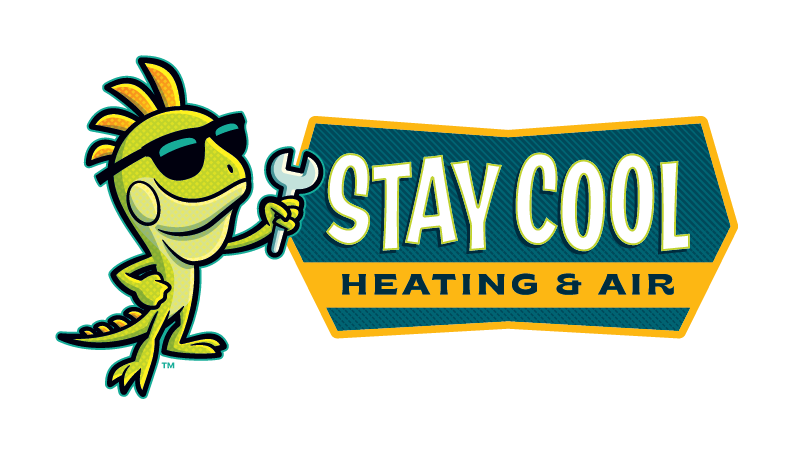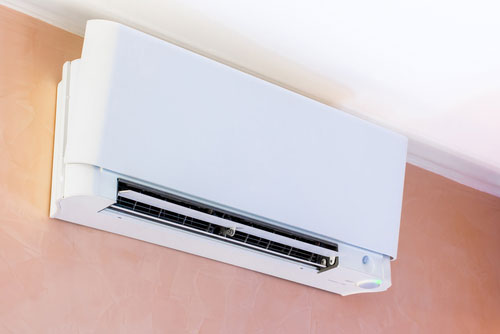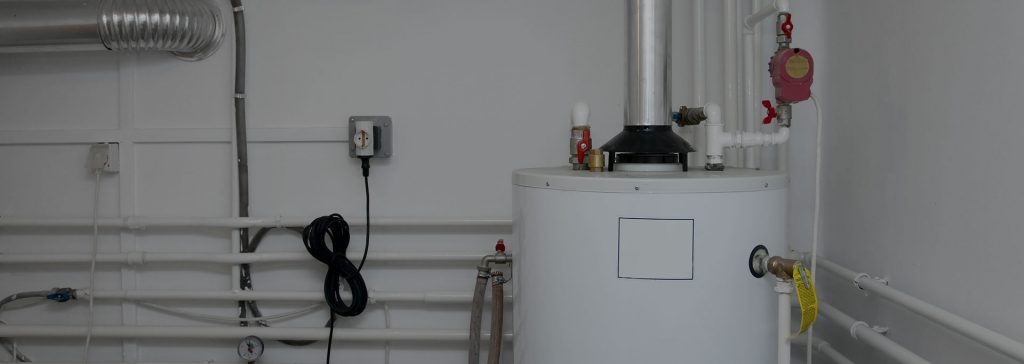efficient heating and cooling systems
Solar energy can be used to cool as well. A well functioning cooling system has the capacity to maintain the engine at less than 100 degrees temperature during continuous 50mph level drives on cool days.
- What To Put In A Family Bug Out Bag For Disaster Preparedness
- Four Advantages Learning Techniques To Construct Solar Panel Systems
- How To Build Solar PV Panels
- Four Advantages Learning Techniques To Construct Solar Panel Systems
- Silicon In The Modern Era solar panel system
Because of the way that heat pumps only move heat as opposed to create it they take one unit of energy for each five units of heating or cooling delivered. The condenser is the outdoor unit.
Portable single duct units consist of a single indoor unit which can be on rollers and a duct to exhaust the condenser air outside, usually through a window.
Forced Air Styles: The new technology utilized in forced air units is much more efficient than in the past.
Heat pumps are far more versatile and affordable as compared to HVAC (standard heating, ventilating and air conditioning) units, since the same pump works both ways to heat and cool as required.
Projected average home energy use in 2012 – actual energy use varies from state to state (particularly with climate) and from home to home depending on the heating and cooling systems in the home and how they are used.
Low temperature heating systems or high temperature cooling systems that are suitable for office buildings, service buildings and residential buildings, can use a variety of fuels and renewable energy sources.
These ultra-efficient systems could massively reduce our emissions from heating and cooling buildings.
Customers looking at heating and cooling systems for energy efficient homes should definitely take a look at how to save money with a heat pump.
These systems use energy efficiently while providing a comfortable indoor climate. Such use can dramatically slash your need for traditional, electronic systems. Space heating/cooling systems account for approximately 40% of the global energy consumption. At 40% of household energy use, heating and cooling are together the largest energy user in the average Australian home (DEWHA 2008). However, since most home heating uses gas, heating is responsible for a lower proportion of energy bills and greenhouse gas emissions than its share of energy use suggests.
Never use mechanical heating and cooling as a substitute for good design. Appropriate insulation, which is essential for a comfortable house, combined with passive solar design and a draught-proofed building, can create low or even no energy requirements for heating and cooling (see Passive solar heating; Insulation).
Highly efficient homes with no heating or cooling input are possible across much of Australia. Always aim to set the thermostat as high as possible.
For example, air ducts sized for an old oil-fired furnace may not be properly sized for a high efficiency gas-fired furnace. However, for existing homes, installation of high efficiency heating and cooling technologies, with modest building improvements and behaviour change, may be cheaper options to reduce energy bills and greenhouse gas emissions than major home renovations.
The prices have a wide range based on a number of variables, such as your home or building’s size and design, the brand and model you choose, your location, and other factors, so it is impossible to provide a number, but you may be surprised how affordable it is.
As electricity prices have increased, in-slab heating costs have also increased. Heat pumps work as efficient heating and cooling systems by reducing your electricity consumption by transferring the heat instead of creating it. Geothermal heating and cooling (which is a heat pump) is the most energy efficient system available.
Ensure the ducted system is sized for the house. Very little energy is needed to make a well-designed house comfortable.
Shade air-conditioning units by planting trees or shrubs, but make sure you do not block the airflow.
Through wall/window units are placed in an existing external window or a hole made in an external wall. Panels on the roof or thermal mass holders are options. The systems take the warm air from inside the roof space, filter it and push it into the living space below. The elevated temperature inside the farms reduces the chicken growth and lots of chicken die of overheating.
Take care to ensure they don’t lead to mould growth. This can create moisture control problems that can contribute to mold growth. Each panel or room should have its own control. Convective heaters warm and circulate the air in a room.
In practice, this means systems that provide heating or cooling energy at a temperature close to room temperature. Your money is better invested in an energy efficient building than spent on heating and cooling.
In addition, some background information is offered for real estate builders, building maintenance managers, political decision makers and the public at large. Because it is difficult to know if these elements are operating properly, you should have them tested as part of normal system maintenance. Finally, have preventative maintenance service performed on the system at least once per year.
Performed national potential study showed that the implementation of such ground coupled heating and cooling systems in the Syrian poultry sector would mean increased poultry production and considerable savings in money, energy, and the environment.
Heating And Cooling
efficient heating and cooling systems
Other gas heaters use indoor air for combustion, and rely on flues to remove the waste gases from the house. In well-sealed houses, there is a risk that exhaust gases can be drawn back into the house through exhaust fans, such as kitchen range hoods or bathroom exhaust fans, creating health and safety risks.
The water solution in the ground loop then carries the excess heat back to the earth. In the summer, the process reverses, extracting heat from the home and relinquishing it to the ground via the ground loop. Insulate slab edges, and ideally the entire slab, from the ground to minimise heat loss. Insulate walls from the slab to reduce heat loss.
Unflued portable heaters can provide either convective or radiant heat and run on natural gas or LPG. Unflued gas heaters often create condensation problems – usually at the opposite (coolest) end of the house.
The use of unflued heaters is restricted in some states because of their associated indoor air pollution hazard, which can cause health problems.
They use bricks to store heat produced overnight using off-peak electricity. You can also consider using special blinds that help you filter the amount of light coming into the house.
These systems also create very little noise and can be safely installed inside the house without any safety concern. When you have a self-standing heating or cooling unit, it has the tendency to heat, or cool, just the area around it and cause hot or cold spots that are very frustrating when you live in the whole house, not just that little area.
These systems require very little maintenance, come with ten-year guarantees, and run without any complaints for decades together. Currently there are more than one million United States based geothermal heating and cooling systems in operation.
There are many options in heating and cooling systems.
They are slow to warm and cool due to the high thermal mass of the slab and are therefore unsuitable for houses where heating is only needed occasionally and in changeable weather. High mass structures nearby can store and convert this to convective heat.
They are ideal as back-up for passive solar heating of thermal mass on cloudy or extremely cold days but use caution – if you heat the slab then the ability to store heat from passive solar gain is reduced. Concrete floors can be used to store heat from off-peak electric cables or hydronic pipes set into the slab.
Off-peak electric storage heaters provide a mix of radiant and convective heat. Oil-filled column heaters supply a mix of convective and radiant heat but are slow to respond.
To do this, HVAC technicians go through your system replacing inefficient parts with those that are considered highly efficient. It is desirable to use every resource of HVAC design the maximum number of times before it becomes necessary to discard or replace that resource.
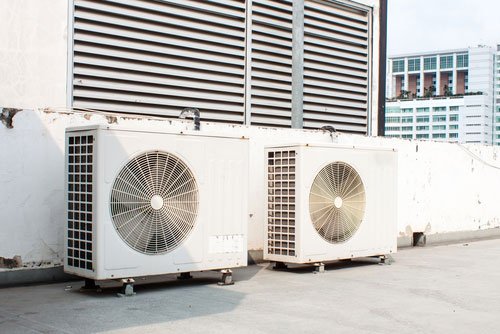
commercial-ac tips 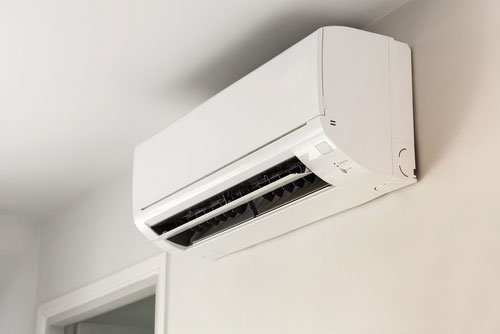
Air-Conditioning
Wall panel convectors use peak electricity and are expensive to run, like portable electric heaters. Heaters that don’t rely on fans and do not reach high temperatures are more suited to bedrooms, as they are less likely to overheat and cause fires if clothes are accidentally placed on them.
Both passive solar design and geothermal heating and cooling systems make sense in and of themselves, but combining the two strategies makes even more sense.
Design goals need to be decided early. They need to be topped up with water regularly. These systems are usually over 70% efficient as they use the wasted heat from the cogeneration plant to heat the water. Some fixed gas heaters use fan-powered flues or ‘balanced’ flues: they draw in outdoor air, heat it, then return it outdoors.
- What To Put In A Family Bug Out Bag For Disaster Preparedness
- Four Advantages Learning Techniques To Construct Solar Panel Systems
- How To Build Solar PV Panels
- Four Advantages Learning Techniques To Construct Solar Panel Systems
- Silicon In The Modern Era solar panel system
Convector heaters heat the air, which then rises naturally. Less warm air is lost than with other heater types and they heat your body even when an exhaust fan is used. Wall units and floor consoles can provide convective and/or radiant heat, and usually have fans to circulate hot air. Some have thermostats, timers and fans. Gas fixed heaters usually have fans to circulate hot air.
The most efficient 5-6 star units may be cheaper to run and generate lower greenhouse gas emissions than gas heaters.
- What To Put In A Family Bug Out Bag For Disaster Preparedness
- Four Advantages Learning Techniques To Construct Solar Panel Systems
- How To Build Solar PV Panels
- Four Advantages Learning Techniques To Construct Solar Panel Systems
- Silicon In The Modern Era solar panel system
Combined convector/radiant heaters are larger than fan convector units (but may have a small fan to increase heat output).
Up to 90% of the heat energy goes up the chimney and large volumes of cold air are drawn into the room to replace it, creating cold draughts or removing heated air from nearby spaces where other heating is running.
